Get Started On Your StoryBrand Worksheet
Your brand’s success depends on how clearly you communicate your message. If potential customers don’t instantly understand what you offer and how it benefits them, they’ll move on. That’s why Donald Miller’s StoryBrand Framework is a game-changer. It helps brands create engaging, customer-focused messaging using the power of storytelling.
At the heart of this framework is the BrandScript—a simple but powerful worksheet that helps businesses craft marketing materials that attract, engage, and convert. But in today’s digital age, AI can take your StoryBrand messaging even further—automating, optimizing, and personalizing it for maximum engagement.
A Clarity Session can help you integrate AI-powered storytelling with the StoryBrand Framework, making your brand messaging more effective, scalable, and engaging than ever before.
What is the StoryBrand BrandScript?
The BrandScript follows the 7-part StoryBrand Framework, which mirrors the structure of great stories.
It helps businesses answer key questions, ensuring their messaging connects emotionally with customers and compels them to take action.
Why You Need a BrandScript
Creates a structured, customer-focused message that eliminates confusion.
Helps unify your marketing materials across websites, emails, ads, and social media.
Ensures all communication is clear, engaging, and conversion-driven.
But while a BrandScript clarifies your message, AI enhances and automates it—ensuring it remains effective at scale.
🚀 AI-driven tools can refine, personalize, and optimize BrandScript messaging across all platforms in real time.
How the StoryBrand BrandScript Works
1. Define What Your Customers Want
Every customer is on a hero’s journey—seeking a solution to their problem. Your brand’s job is to help them get there.
🔹 Example of a Weak Message:
"We sell project management software."
🔹 Example of a BrandScript-Aligned Message:
"You’re tired of missed deadlines and scattered projects. Our software helps you organize everything in one place—so you can focus on what really matters."
📌 See the difference?
The second message focuses on the customer’s desires and positions your product as the solution.
🚀 How AI Enhances This Step:
AI analyzes customer behavior to refine messaging based on real-time feedback.
AI-powered chatbots personalize responses based on individual customer needs.
2. Identify Their Problem
Customers have three types of problems:
External – The surface-level problem (e.g., “I need a faster way to manage projects.”)
Internal – The emotional frustration (e.g., “I feel overwhelmed and disorganized.”)
Philosophical – Why it’s wrong to have this problem (e.g., “Managing a team shouldn’t be this stressful.”)
Your messaging should speak to all three levels, especially the internal problem—which is the real driver behind purchasing decisions.
🚀 AI-Powered Storytelling Advantage:
AI analyzes customer sentiment to ensure messaging resonates emotionally.
AI-powered A/B testing refines copy for maximum engagement.
3. Position Your Brand as the Guide
Your customer is the hero—but every hero needs a trusted guide to help them succeed.
🔹 Example of a Weak Message:
"We are the best in the industry."
🔹 Example of a BrandScript-Aligned Message:
"We understand how overwhelming marketing can be. That’s why we’ve helped over 10,000 businesses clarify their message and grow."
📌 Why This Works:
Shows Empathy (“We understand how overwhelming marketing can be.”)
Demonstrates Authority (“We’ve helped over 10,000 businesses.”)
🚀 AI Enhances Your Brand’s Authority By:
Tracking and showcasing real-time customer success stories.
Analyzing competitor messaging to refine positioning.
4. Present a Clear Plan
Once customers trust you, they need to know how easy it is to work with you.
The best plans have 3-4 simple steps:
🔹 Example: StoryBrand’s 3-Step Marketing Plan
Step 1: Schedule a strategy call.
Step 2: Get a personalized marketing plan.
Step 3: Watch your business grow.
🚀 AI Enhances This Step By:
Automatically generating step-by-step messaging for different audience segments.
Optimizing call-to-action placement for higher conversions.
5. Call Them to Action
Customers need clear, direct CTAs—otherwise, they won’t take action.
🔹 Example of a Weak CTA:
"Learn more."
🔹 Example of a StoryBrand-Aligned CTA:
"Schedule a free consultation today and start growing your business."
📌 Best Practices for CTAs:
Use strong, active language. (“Get started now.”)
Make the next step easy. (“Try it free for 7 days.”)
🚀 AI Enhances CTAs By:
A/B testing CTA placement, wording, and design for optimal conversion rates.
Personalizing CTAs based on user behavior (e.g., “Ready to start?” for returning visitors).
6. Show the Cost of Inaction
Customers need to understand what they’ll lose if they don’t take action.
🔹 Example:
"If you keep struggling with outdated software, you’ll continue wasting hours every week on manual tasks. Isn’t it time for a smarter solution?"
📌 Why This Works:
Highlights the pain of inaction.
Creates urgency.
🚀 AI Optimizes This Step By:
Using customer data to tailor urgency-driven messaging.
Testing different versions of fear-of-missing-out (FOMO) messaging.
7. Paint the Picture of Success
Finally, show your customers what success looks like after they choose your brand.
🔹 Example:
"Imagine running your business stress-free, knowing your projects are organized, your team is aligned, and your revenue is growing. That’s what our software delivers."
🚀 AI Enhances This Step By:
Personalizing success-driven messaging for different customer personas.
Analyzing engagement metrics to refine messaging over time.
Take the Next Step: Build Your AI-Powered BrandScript
The StoryBrand BrandScript is an essential tool for creating clear, engaging messaging. But in today’s fast-moving digital world, AI-powered storytelling can refine and scale your message like never before.
Introducing CustomGPT: Your AI-Powered Storytelling Assistant
CustomGPT captures your brand voice, refines your messaging, and applies StoryBrand principles—automatically.
Generates compelling StoryBrand-driven content at scale.
Personalizes messaging based on customer interactions.
Automates email, website, and social media storytelling.
📅 Ready to revolutionize your brand messaging with AI? Schedule a Clarity Session with Steve today and discover how CustomGPT-powered storytelling can help your business grow.


